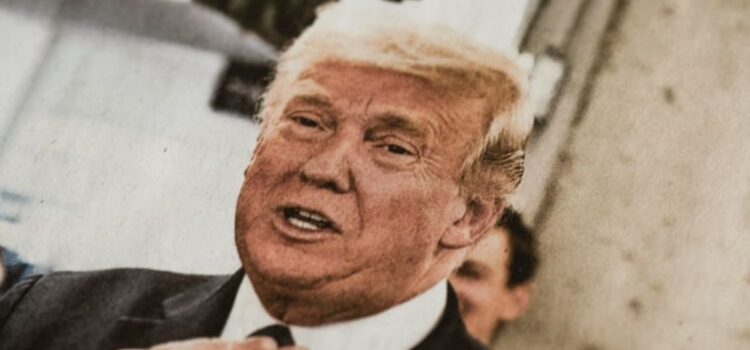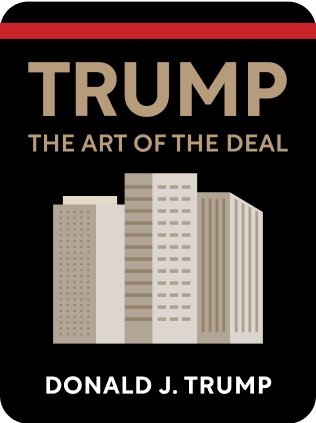

This article is an excerpt from the Shortform book guide to "The Art of the Deal" by Donald J. Trump. Shortform has the world's best summaries and analyses of books you should be reading.
Like this article? Sign up for a free trial here .
What was Donald Trump’s Cincinnati project? What made it a success?
The tale of Donald Trump and Cincinnati begins at a foreclosure action in 1964, where he and his father bought the Swifton Village property for $6 million. In 1972, they sold the Swifton for $12 million, walking away with a nearly $6 million profit because they had little debt and were bringing in $700,000 a year in rents.
Read about Donald Trump’s Cincinnati project.
Donald Trump in Cincinnati
During college, Trump regularly scanned the listings of foreclosed Federal Housing Administration (FHA)-financed housing projects. Browsing foreclosures is the epitome of gaining from someone else’s loss: Once banks foreclose on a property, they typically want to get it off their hands as quickly as possible, which gives buyers leverage to swoop in and get a good price.
In the case of Swifton Village, two-thirds of the apartments were vacant and the development was in such bad shape that Trump and his father had no competing bidders. They ultimately bought the apartments for $6 million—less than half of what the developers paid to build them a few years prior—and secured a mortgage that covered the $6 million-plus $100,000 for improvements. They didn’t have to put any of their own money in, and once they got things up and running, rents would cover their mortgage.
Several years after the Trumps bought Swifton Village, one of the tenants told Donald that the area was getting dangerous. The tenant said that the people who were moving in were bringing the whole area down, and that Trump should sell Swifton.
Trump stayed in Cincinnati for a few extra days to talk to people around the city and near Swifton. Everything he heard and saw confirmed that the area was going downhill, so he decided to sell Swifton Village.
Although the Trumps decided to sell Swifton Village because they saw trouble on the horizon, they still had zero vacancies when they were drawing up the contract.
In order to protect themselves, the Trumps slipped in two unusual clauses that helped ensure them a good deal:
- One clause cemented everything as of the date of signing, not of closing the deal, as is typical. By the time they closed a few months later, Swifton had many vacancies, which would have hurt their deal.
- Another clause penalized Prudent if they failed to close the deal; normally buyers only risk losing a 10 percent deposit if they pull out. This locked Prudent in, despite the vacancies. (Shortform note: Trump doesn’t specify what the penalty was, just that it was “huge.”)
Prudent ultimately bought Swifton for $12 million, meaning the Trumps walked away with a nearly $6 million profit because they had little debt and were bringing in $700,000 a year in rents.

———End of Preview———
Like what you just read? Read the rest of the world's best book summary and analysis of Donald J. Trump's "The Art of the Deal" at Shortform .
Here's what you'll find in our full The Art of the Deal summary :
- What Donald Trump says about his early life before the White House
- The 11 principles Trump says guided his business decisions
- How the West Side rail yards project proved to be a challenge for Trump






